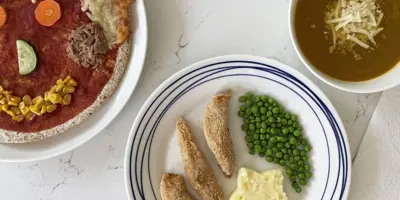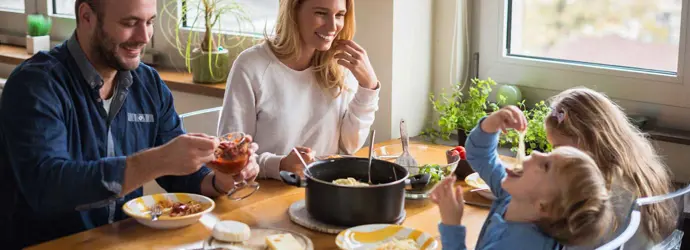
Sitting down to eat as a family can be really enjoyable experience and a chance to connect after a busy day. But, as much as we love our kids and all their quirks, watching them spill giant globs of gravy onto the table is adorable, but can sometimes be distracting from your time together.
We love and accept our family the way they are, but not everyone else will – that’s why table manners are a crucial social skill to have, and they help maintain good personal hygiene. So teaching kids table manners is such an important step. Even though love typically means spending quality time with your children, sometimes it also means teaching them that shouting around a mouthful of half-chewed roast chicken isn’t a great idea.
A handy list of table manners for kids
Tip
Kids learn best by copying others: dad, mum, and older brothers and sisters (or anyone else in the house) can all help out by leading by example.
Polite table manners for kids
Many of the essential table manners for kids are all about being a good guest and showing your appreciation of the meal. Plus, these are a little easier for younger kids who are still learning how not to spill every other mouthful of buttery vegetables onto the carpet.
- Being helpful: at the beginning of the meal, encourage kids to help set up. At the end, they can offer to help clear the plates. Not only does this help your kid by teaching them good manners, it helps you out as well!
- Being patient: this one might seem almost impossible, but try and make sure the whole family knows to wait until everyone has sat down, and the food has been served, before digging in.
- Being good company: remind kids to talk to everyone at the table, and to wait until others have finished speaking before chipping in (again, might be a little difficult for our more opinionated children!).
- Being polite: when kids leap down from the table, hint that they should ask to be excused. Encourage them to thank the chef(s) for the meal, even if it’s not their favourite. Lead by example: even if your partner has accidentally cooked something a bit dire, thank him or her in front of the kids for the effort.
Remember, it might take you a lot of love and your kids a while to learn all of these rules or develop the control necessary to stop stealing all the little crunchy roast potatoes before everyone has sat down. They all get brownie points for trying! And you can have some too. Their table manners will come in time.
If they are really struggling, you could try asking them why manners are so important. This turns a demand into a request, and makes the response more likely to be positive, so everyone wins!
Teaching kids the table manners for cutlery use
As your kids begin to develop their fine motor skills, they will start to master the art of using cutlery – or master the art of really, really trying to use cutlery.
You can help them get familiar with where everything goes at the table by cutting out colourful card forks, knives, spoons and plates – an old tissue box works perfectly. Play ‘restaurants’ and ask them to be the waiter or waitress and set the table with the cardboard cutlery.
Good table manners for tidier eating
Table manners are important, but when children are very young, sometimes messy eating can actually be a good thing. Letting kids enjoy the sensory side of food helps them to associate it with fun, making them less likely to become fussy eaters. So let them play with their food for a while. As they get older, you can gradually introduce the standard table manners for children:
- Washing your hands before and after eating: make sure kids know how to wash their hands properly before coming to the table.
- Eating neatly and quietly: guide kids towards putting smaller amounts of food on their fork at a time. We get it, food can be very exciting, but this will help them eat with their mouth closed. Remind them not to talk and eat at the same time, and to avoid burping (if possible).
- Keeping your hands, sleeves and laps clean: try to keep some sheets of kitchen paper at the table so they can wipe their hands and mouths when they get messy – and it will definitely get messy. Remind kids to ask for the dishes they want to be passed, rather than making a grab for them, accidentally scooping up mashed potato in their sleeve during the process.
Tip
Kitchen paper might be handy at the table for mopping up spills, but it also doubles as an attractive napkin. Go for Plenty’s the Extra Big One for a table that is clean and pristine.
Good posture equals good table manners
Keeping still might be one of the toughest table manners for children to learn. But sitting down (and staying there) and keeping elbows tucked in and off the table will really help your kids’ table manners.
If your child stands up, kneels or sits on the edge of the chair, perhaps they simply aren't comfortable. If their feet don't yet reach the ground, try giving them a footstool and a cushion behind their back so that their body is better supported.
The trick to teaching kids table manners is to focus on one thing at a time. We know it can be a little off-putting to watch your child fall hand-first into the spaghetti bolognese you spent all afternoon cooking, but it’s important that they remain excited about dinner time, and happy and confident enough to try out new skills.
Mealtimes are messy, but it’s where we get to see and spend time with our loved ones. And if you start to notice one fewer pea to clean up after the carnage of mealtime has finished, or maybe notice the tablecloth isn’t covered in standing gravy at the end of a roast, you’ll know they’re listening to you and trying to make a difference for you.
Related articles
4 tips to organise chores for kids with printable chore chart
Getting the kids involved in the chores will help make your life so much easier. Use our printable kids’ chore chart and chore ideas to get organised today.
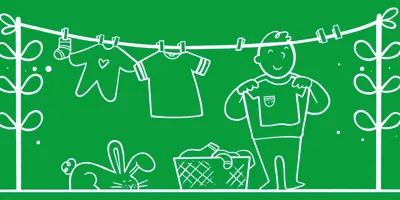
The ultimate picnic essentials
Stuck for picnic ideas? Read on for the ultimate picnic checklist - from outdoor games to picnic baskets, here at Plenty we'll make sure you won't miss a thing.
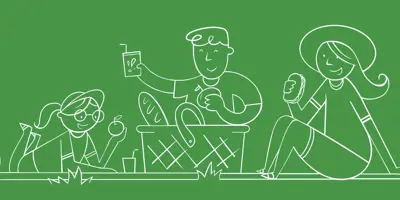
5 delicious family picnic ideas for lazy sunny days
Get inspired by our 5 fun family picnic food ideas: from tasty savoury muffins to moreish filled bread, there are ideas to delight even fussy eaters here.

2 easy yet stylish ways of folding paper napkins
Looking for paper napkin folding ideas? Look no further. Find out how to fold napkins into 2 beautiful shapes here.
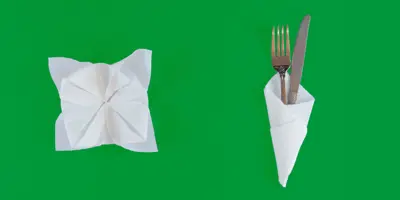
10 of the best freezer meals to make ahead
Save time and money by creating your own tasty and easy freezer meals. Our guide runs you through 10 freezer meal ideas you can make at home, here.
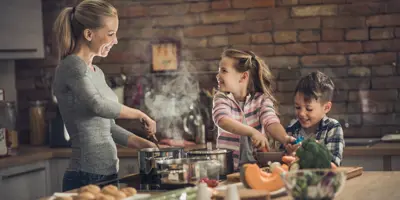
Easy lunch ideas for kids
Working from home and looking for convenient lunch ideas for kids? These three quick lunch ideas for kids are packed with nutrition and are easy to make.
